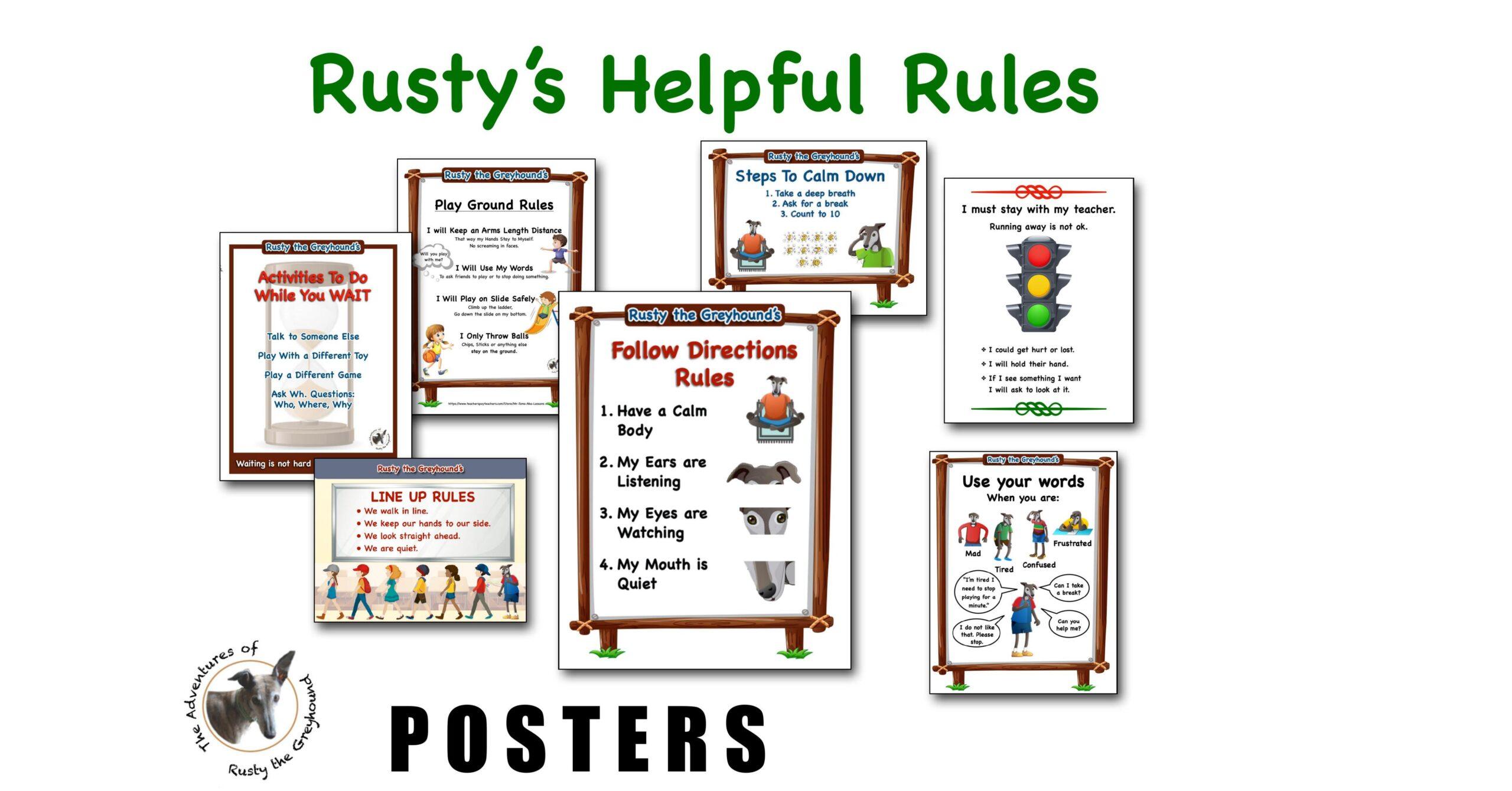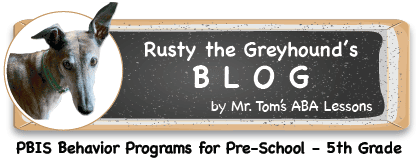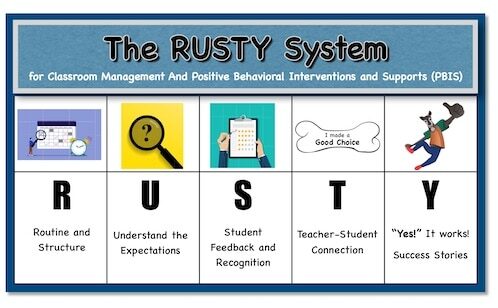
We’ve all used visual reminders (cues): from a stop sign letting us know where to brake, to an arrow pointing us in the direction of the restrooms. Your students will benefit from seeing visual reminders, too, especially those students who need accommodations for exceptional student education (ESE) or English to Speakers of Other Languages (ESOL) services.
When students see a picture or visual aid, they can better understand your request or instruction. All of your students will benefit from this Positive Behavioral Interventions and Supports (PBIS) strategy of visual cues so that they understand the expectations (the ‘U’ of RUSTY).
What are the benefits?
These routine and structure techniques, through visual reminders, help the students understand your expectations for their classroom behavior during all activities. Instead of a student wasting class time, they will know exactly what to do.
Remember to hold your students accountable with student feedback to encourage engagement. When you have visual reminders, including those aids always present and sometimes present, you reinforce positive classroom behavior.
Why does this matter?
As an Applied Behavior Analysis (ABA) strategy, visual cues make instructions and expectations clear for the entire classroom. This accountability aids each student in framing their mindset for success. When you display a rule, activity, or reminder, this structure provides an optimal learning environment for improved formative and summative assessment results.
What does this look like?
You can accomplish visual reminders by using visual schedules. This aid will change day-to-day based on the lessons and activities. To improve classroom behavior, display your classroom’s full, daily routine on the wall/board.
Another vital visual reminder, that you should always have visible, is your posted classroom rules. Add a picture to each rule to foster understanding in every learner. By posting your rules in a prominent, clear way, you promote PBIS for improved classroom behavior.
When using visual reminders as an ABA classroom management strategy, you must follow through on planned activities so students trust and bond with you. Also, you can point to the visuals to hold students accountable with non-verbal cues.
Click Here for Rusty’s Helpful Rules for Classroom Management Posters, SEL, PBIS



